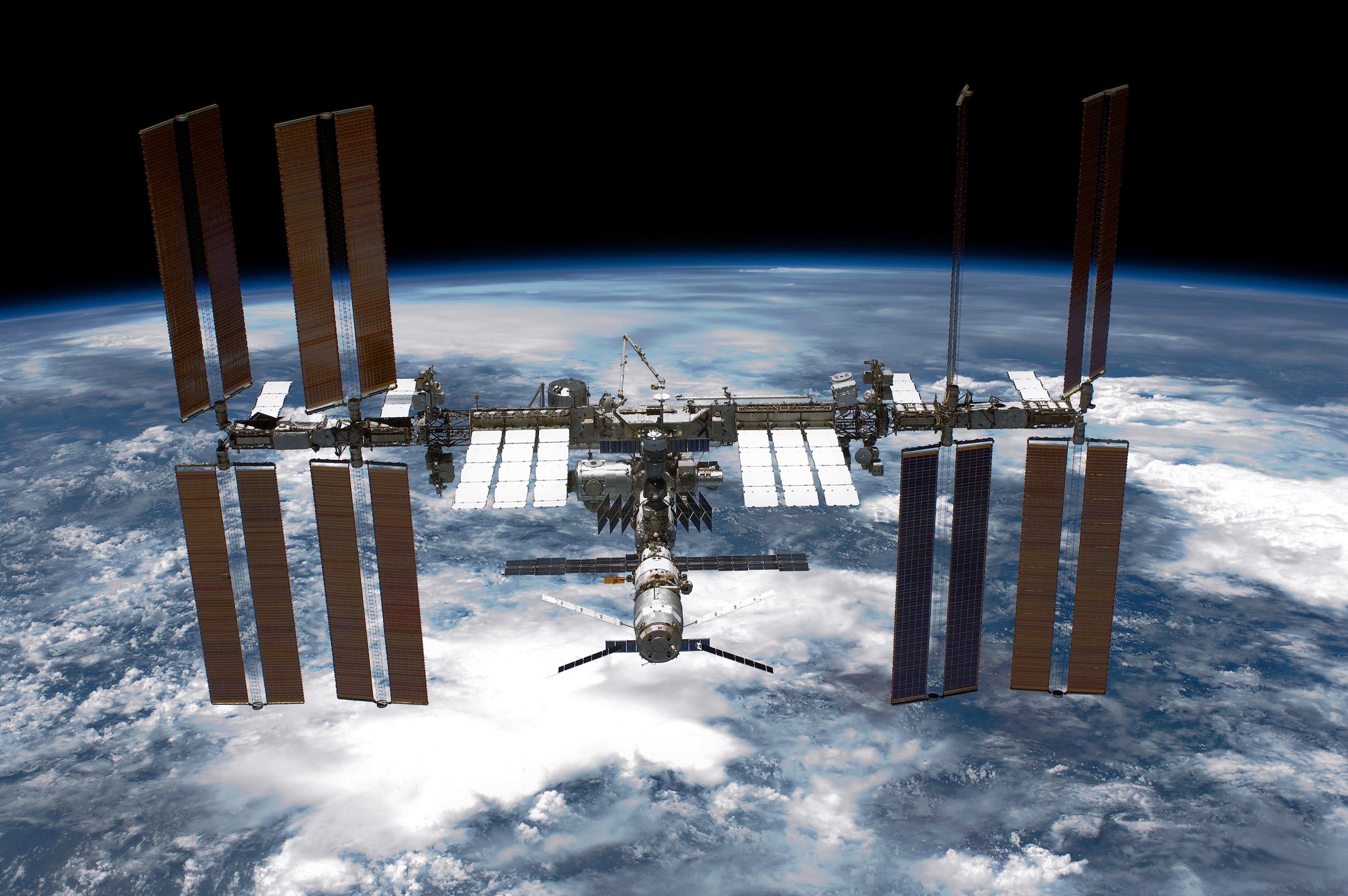Robot surgeon being sent to International Space Station
Surgery in microgravity needs to be done at a distance, safely, and with minimal intrusion to protect astronauts

Your support helps us to tell the story
From reproductive rights to climate change to Big Tech, The Independent is on the ground when the story is developing. Whether it's investigating the financials of Elon Musk's pro-Trump PAC or producing our latest documentary, 'The A Word', which shines a light on the American women fighting for reproductive rights, we know how important it is to parse out the facts from the messaging.
At such a critical moment in US history, we need reporters on the ground. Your donation allows us to keep sending journalists to speak to both sides of the story.
The Independent is trusted by Americans across the entire political spectrum. And unlike many other quality news outlets, we choose not to lock Americans out of our reporting and analysis with paywalls. We believe quality journalism should be available to everyone, paid for by those who can afford it.
Your support makes all the difference.A tiny surgery robot will be sent to the International Space Station
The “miniaturized in vivo robotic assistant”, or Mira, will be configured to fit inside an experiment locker and tested to ensure that it survives the launch.
Mira can be inserted through a small incision so abdominal surgery can be performed with minimal invasion, and the robot could work remotely. In the future, the robot may be able to deal with medical emergencies while the operator is thousands of miles away.
A previous experiment saw the robot perform surgery-like tasks in an operating room 900 miles away from its user.
While aboard the space station the robot will work autonomously, cutting up stretched rubber bands and pushing metal rings along a wire to simulate the movements it will make in surgery.
“These simulations are very important because of all the data we will collect during the tests,” University of Nebraska Omaha engineering graduate student Rachael Wagner said.
The device is being programmed to work autonomously to conserve space station communications bandwidth and to minimize the amount of time astronauts must spend developing the experiment and it is predicted that the robot will operate for 50 to 100 years - but the real aim of the robot is to ensure that it works in a zero-gravity environment.
“As people go further and deeper into space, they might need to do surgery someday,” Nebraska engineering professor Shane Farritor said. “We’re working toward that goal.”
For a crew of seven people, researchers estimate that there will be an average of one surgical emergency every 2.4 years during a Mars mission – making it imperative that the enormous distances between Earth and outer-space missions that might jeopardise astronauts’ health be overcome.
Surgery in microgravity is possible and has already been carried out. Astronauts have managed to repair rat tails and perform laparoscopy – a minimally invasive surgical procedure used to examine and repair the organs inside the abdomen – on animals, while in microgravity. However, surgery on a human in microgravity has not been done yet.
Technologies such as autonomous and effective keyhole surgery become immensely useful in potentially tense situations as intestines can float around, obscuring the view of the surgical field, during open surgery.
To deal with this, space travellers should opt for minimally invasive surgical techniques, such as keyhole surgery, ideally occurring within patients’ internal cavities through small incisions using a camera and instruments.



Join our commenting forum
Join thought-provoking conversations, follow other Independent readers and see their replies
Comments